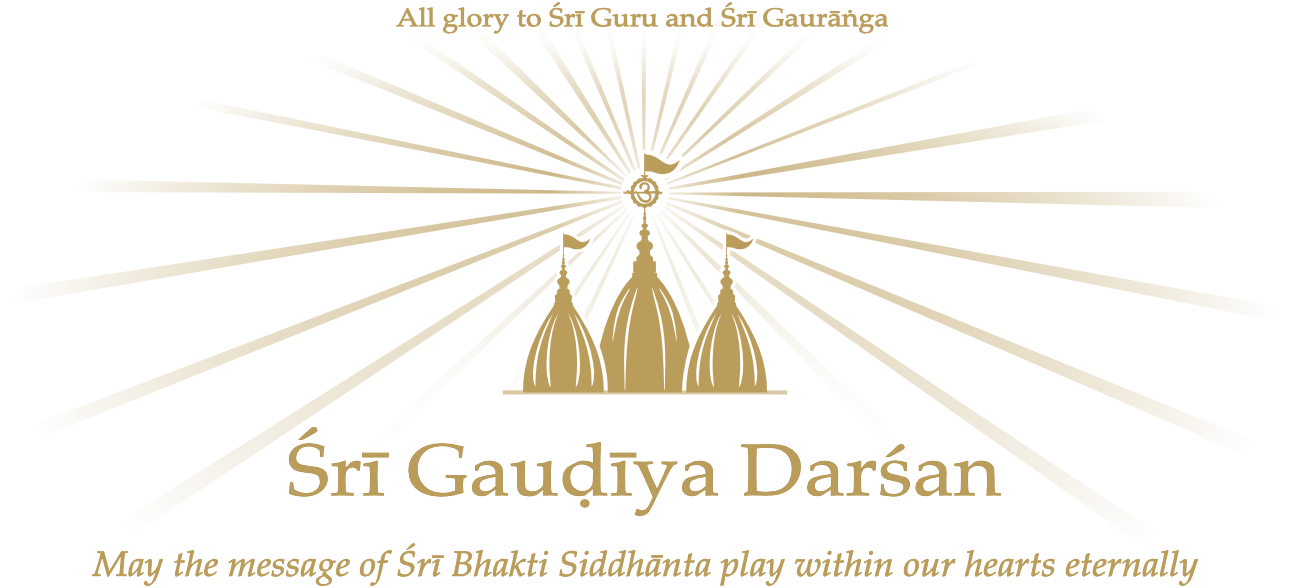Tag: Sannyas
-
Śrīla Bhakti Sundar Govinda Dev-Goswāmī Mahārāj explains Śrīla Bhakti Vinod Ṭhākur’s view of Śrīman Mahāprabhu’s sannyās.
-
Śrīla Bhakti Sundar Govinda Dev-Goswāmī Mahārāj summarises the Lord’s withdrawal from Nadia.
-
Śrīla Bhakti Sundar Govinda Dev-Goswāmī Mahārāj explains the depth of separation felt in vātsalya-rasa.
-
Srila Bhakti Raksak Sridhar Dev-Goswami Maharaj explains Sriman Mahaprabhu’s motivations for taking sannyas.
-
Srila Bhakti Raksak Sridhar Dev-Goswami Maharaj expresses the grief-stricken hearts of the residents of Nabadwip.
-
Srila Bhakti Raksak Sridhar Dev-Goswami Maharaj compares the power of Hari-katha to the destructive power of acid.






